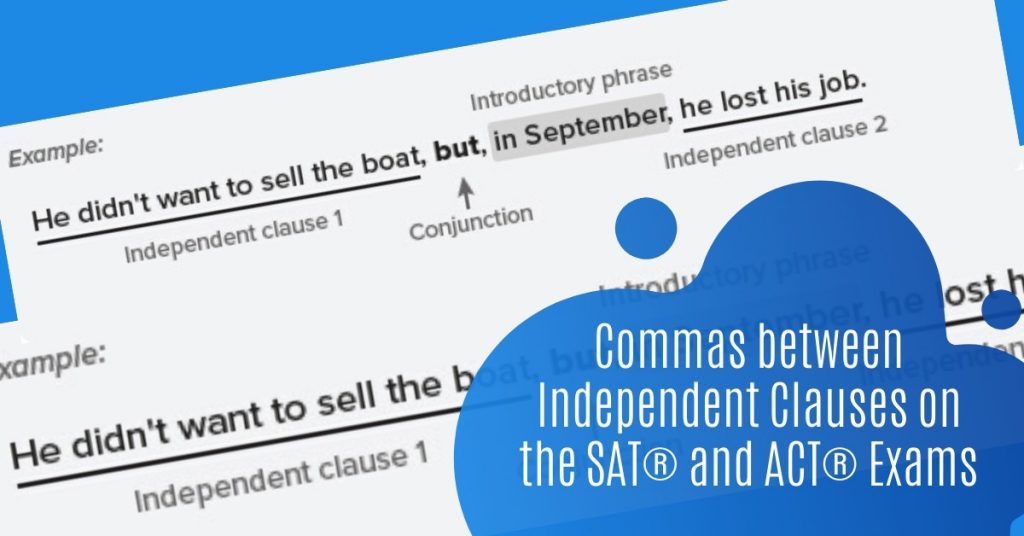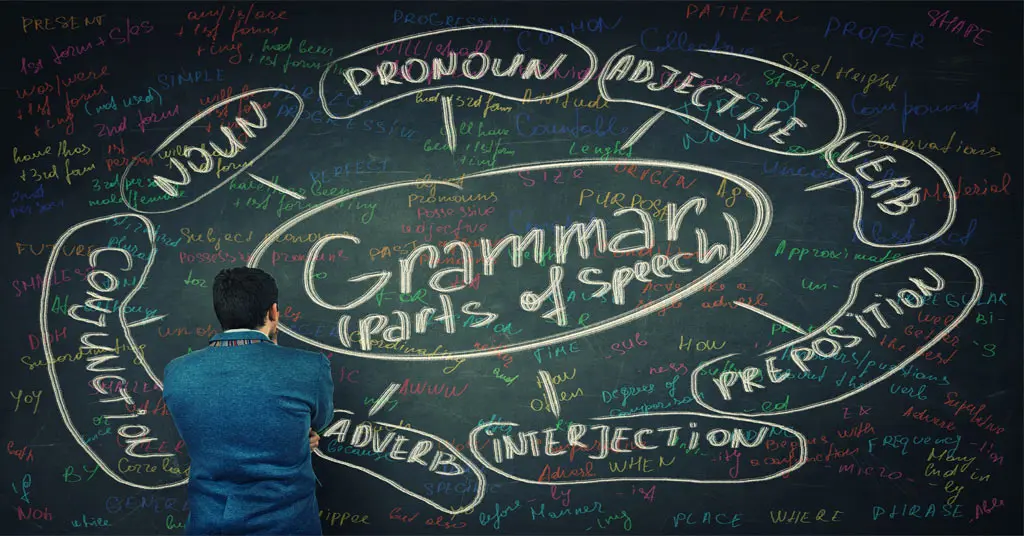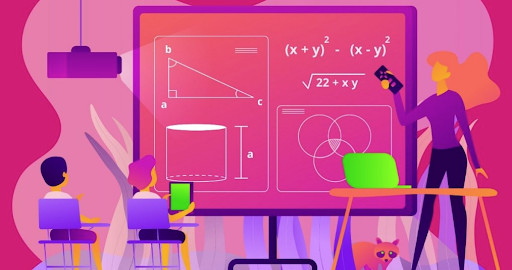Both the SAT and ACT exams test comma placement between two independent clauses joined by a conjunction (FANBOYS: for, and, nor, but, or, yet, so).
In this type of sentence, the comma is placed after the first independent clause and before the conjunction.

Most questions on the exams that require a comma between two independent clauses are like the above example.
However, the ACT has also included at least one question in which one of the independent clauses also contained an introductory phrase set off with commas, but the rule didn’t change: a comma was still needed between the independent clauses.

An independent clause is a complete thought that contains a subject and main verb. Often, the SAT and ACT test students’ misunderstandings of this rule by including options that place commas before conjunctions when either the information before or after the conjunction isn’t an independent clause.

In the above example, “having” can’t be a main verb without a helping verb. For example,
- “He having a good day” isn’t an independent clause. (“Having” isn’t a main verb.)
- “He is having a good day” is an independent clause. (“Is having” is a main verb.)
If you need more practice with comma and other punctuation questions, use the released tests provided by the College Board and ACT or practice online with exam-like questions at websites like UWorld.




